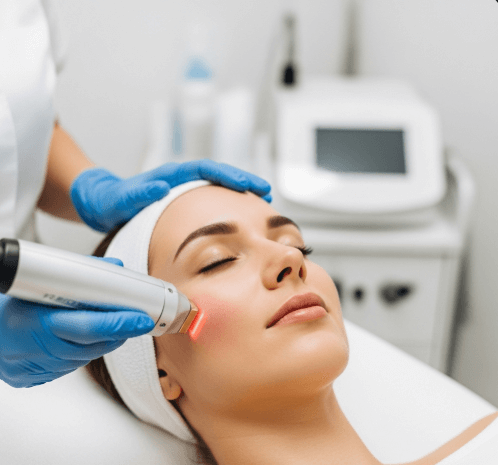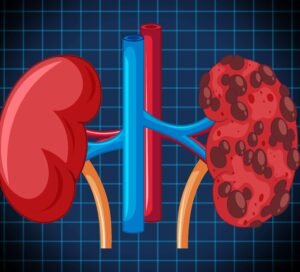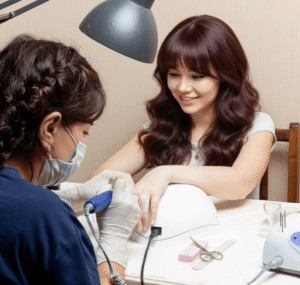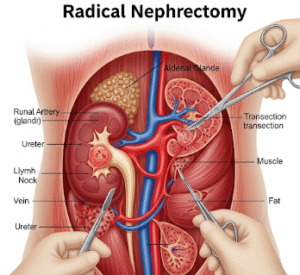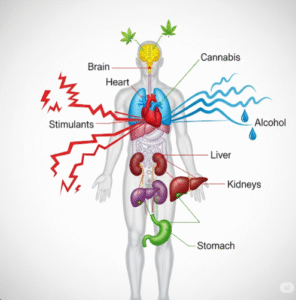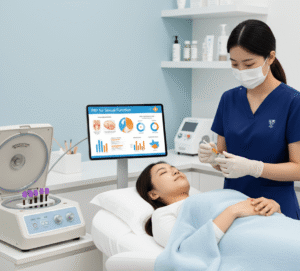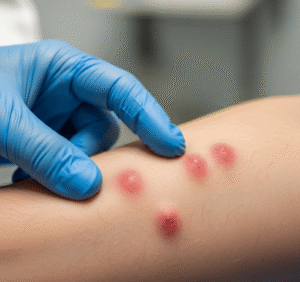Laser toning in Korea is one of the most popular skin and care treatments, widely chosen for its ability to brighten skin tone, reduce pigmentation, minimize pores, and improve overall texture with minimal downtime. It is performed using low-fluence Q-switched Nd:YAG lasers and has become a central part of Korean dermatology and beauty culture. Known for combining medical science with aesthetics, Korean clinics have elevated laser toning into a standardized yet customizable treatment, attracting both locals and international visitors.
What It Is
Laser toning is a non-ablative, low-energy laser procedure that gently breaks down clusters of melanin in the skin. Unlike aggressive lasers that resurface or peel the skin, laser toning works beneath the surface, delivering multiple gentle passes that gradually even out pigmentation while preserving the skin’s protective barrier.
In Korea, laser toning is typically performed using a Q-switched Nd:YAG laser with a 1064 nm wavelength, specifically chosen because it penetrates deeply and is safer for Asian skin types prone to pigmentation.
Korean clinics have developed their own protocols, often combining the laser treatment with hydrating facials, brightening serums, sheet masks, or LED light therapy. The overall philosophy is to achieve subtle, natural improvement session by session rather than producing aggressive results in one sitting.
Why It’s Done
Laser toning is performed for a variety of medical, cosmetic, and preventive reasons.
From a medical perspective, it helps treat melasma, post-inflammatory hyperpigmentation, freckles, and sun damage. Many patients struggle with pigmentation issues that cannot be fully resolved with creams or home remedies, making laser toning a safe and effective clinical option.
From an aesthetic perspective, Koreans value clear, even-toned, and youthful-looking skin. Laser toning enhances brightness, reduces visible pores, smooths roughness, and minimizes fine lines, contributing to the “glass skin” look that is globally associated with Korean beauty.
There is also a strong preventive culture in Korea. Many people, including those in their 20s and 30s, undergo laser toning not because they have severe skin issues but to maintain skin health and delay the onset of aging.
Alternatives
Although laser toning is highly popular, there are alternatives available in Korean clinics.
- Pico Toning → More advanced, with faster pulse durations and higher precision.
- Chemical Peels → Glycolic or lactic acid peels combined with soothing aftercare.
- Microneedling with Serums (MTS) → Stimulates collagen while infusing brightening ampoules.
- IPL (Intense Pulsed Light) → A light-based treatment that can reduce pigmentation and redness.
- Whitening Injections and IV Therapy → Glutathione or Vitamin C infusions.
- K-Beauty Skincare Routines → Niacinamide, tranexamic acid, arbutin, and antioxidant serums.
Preparation
Preparation is a key factor in ensuring safety and optimal results.
In Korea, patients undergo a comprehensive skin consultation before starting treatment. Clinics often use digital imaging systems to analyze pigmentation depth, pore size, and overall skin condition. Based on the analysis, dermatologists recommend a personalized treatment plan, typically 6–10 sessions spaced 2–4 weeks apart.
Before the procedure, patients are advised to avoid sun exposure, tanning, and strong exfoliants for at least one to two weeks. Retinoids and chemical peels should be stopped a few days prior. Korean dermatologists also encourage patients to hydrate their skin thoroughly with moisturizers and sheet masks, ensuring the skin is in good condition before undergoing laser therapy.
Because laser toning is gentle, numbing cream is usually not necessary. However, many clinics prepare the skin with calming masks or cooling gels before the session begins.
How It’s Done
Laser toning in Korea is typically performed as an outpatient procedure and takes about 15–20 minutes per session. The process is systematic and patient-friendly.
- Cleansing – The skin is cleansed thoroughly to remove makeup, dirt, and oil.
- Protection – Eye shields are applied, and sometimes a cooling gel is used.
- Laser Application – The dermatologist uses a Q-switched Nd:YAG laser in multiple low-fluence passes. The patient may feel a mild tingling or warmth but no significant discomfort.
- Post-Care – Immediately after, soothing treatments are provided, such as sheet masks, cooling therapy, or LED light to calm the skin.
- Final Step – Sunscreen and hydrating creams are applied before the patient leaves.
The treatment is repeated every few weeks, with results building gradually. Many clinics in Seoul, especially in areas like Gangnam, offer package deals for 6–10 sessions, making the treatment both accessible and cost-effective.
Recovery
One of the major advantages of laser toning is its minimal downtime. Unlike harsh resurfacing treatments, laser toning does not cause peeling or scabbing. Patients may experience mild redness immediately after the session, which typically resolves within a few hours.
Korean clinics emphasize aftercare routines to maximize safety and effectiveness. Patients are instructed to wear SPF 50+ sunscreen daily and to reapply every few hours. Clinics often provide post-treatment creams, hydrating ampoules, and sheet masks to prevent dryness and speed recovery.
Visible results usually appear after 2–3 sessions, with progressive improvements over time. Many patients maintain their results with ongoing treatments every 3–6 months, a common practice in Korea where preventive maintenance is highly valued.
Complications
Laser toning is considered safe, but as with any medical procedure, there are potential side effects. These may include mild redness, temporary swelling, dryness, or, in rare cases, hyperpigmentation.
Korean dermatologists minimize risks by using conservative low-fluence settings that are safe for Asian skin types, which are more prone to pigmentation issues. Clinics also follow strict protocols, providing immediate post-care soothing treatments and educating patients on proper sun protection. The emphasis on preventive skincare in Korea further reduces the likelihood of complications.
Treatment Options in Korea
Korea has developed several specialized forms of laser toning to enhance results and cater to individual needs.
- Melasma Toning – Ultra-low fluence settings designed specifically for treating melasma safely.
- Laser Toning + Aqua Peel – A combination of deep cleansing and pigmentation treatment.
- Laser Toning + Vitamin C Infusion – Antioxidant infusion immediately after laser to maximize glow.
- Shurink (HIFU) + Laser Toning – A combination package that addresses both skin tightening and pigmentation.
- Affordable Seoul Packages – Clinics in areas like Gangnam offer competitively priced bundles, making it attractive to international patients seeking high-quality care at lower costs than in Western countries.
Conclusion
Laser toning in Korea is a safe, effective, and culturally integrated skincare treatment that reflects the nation’s approach to beauty: consistent, preventive, and natural-looking. By combining advanced technology with world-class dermatology, Korea has set the global standard for laser toning.
Whether used to treat melasma, freckles, acne scars, or simply to achieve and maintain the famous Korean glass skin glow, laser toning offers long-term results with minimal downtime. With careful preparation, strict aftercare, and regular maintenance, it delivers brighter, smoother, and healthier skin, making it one of the most trusted treatments in Korea’s thriving skincare industry.

